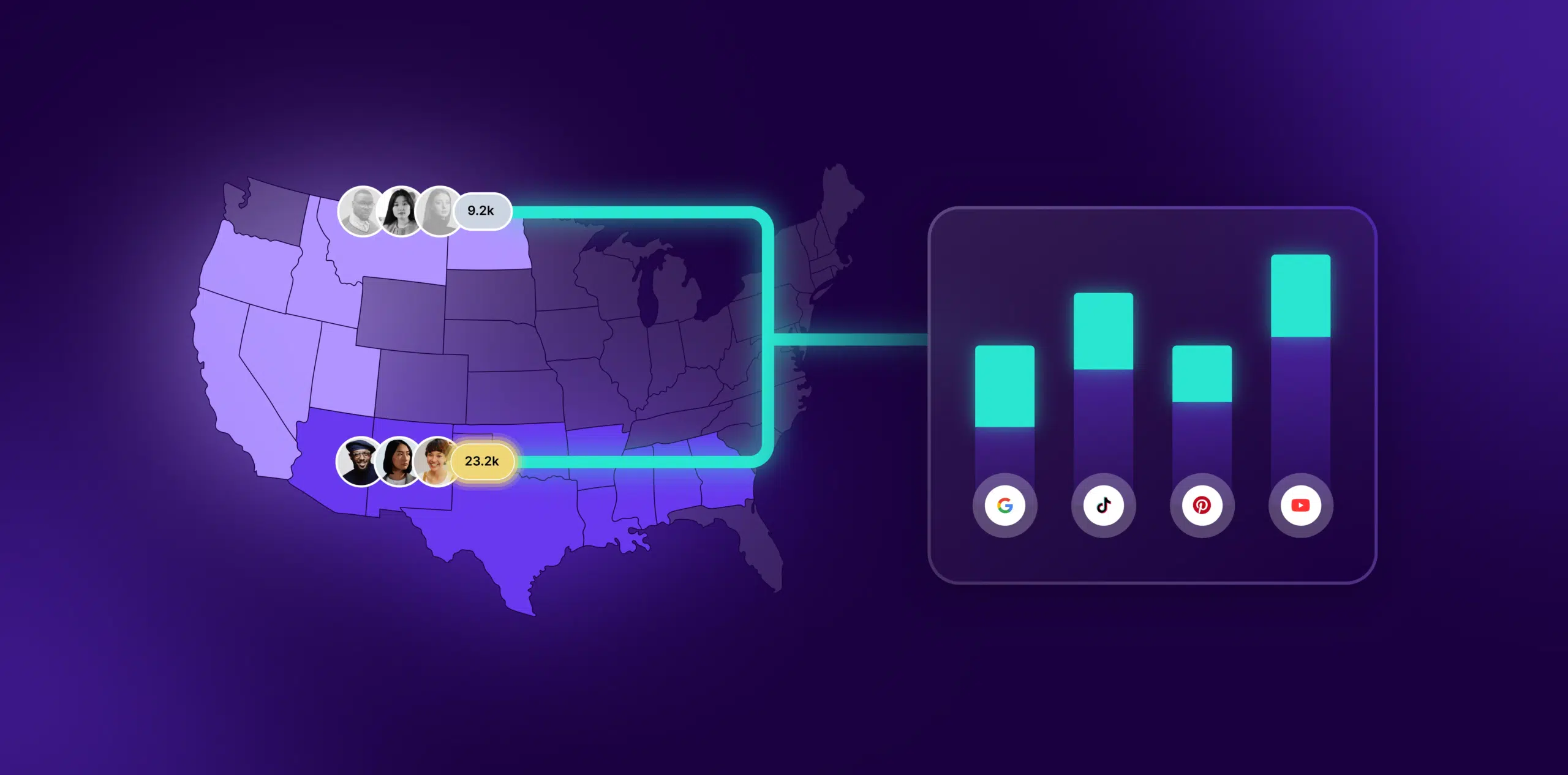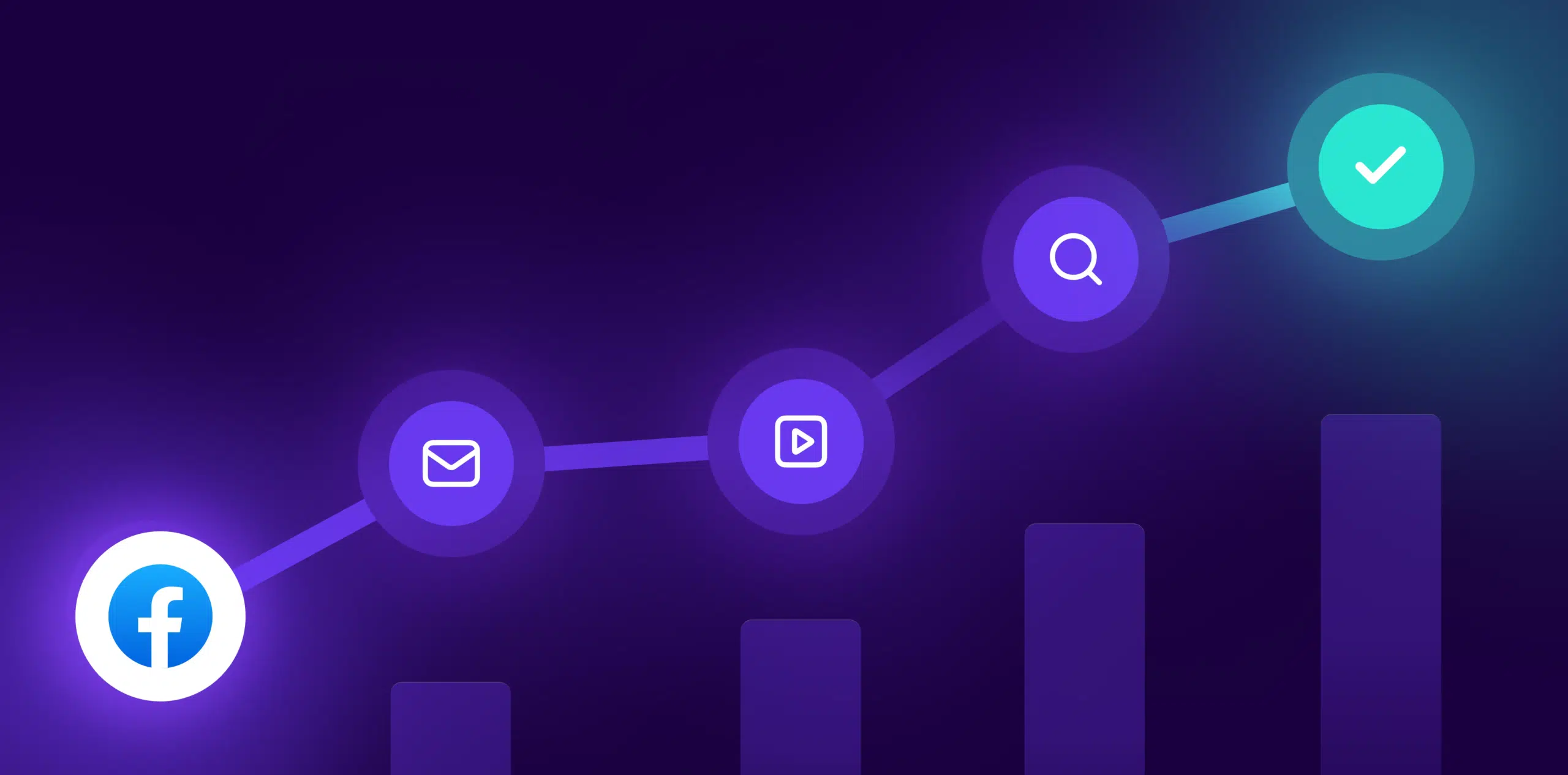What is Client Side Tracking?
Client-side tracking involves collecting and processing user data through scripts executed in the user’s browser. This method captures interactions such as page views, clicks, and form submissions, providing insights into user behavior and engagement.
Formula
Example
A website uses Google Analytics for client-side tracking. When a user visits the site, the embedded JavaScript code records their page views, clicks, and other interactions, sending this data to Google Analytics for analysis.
Why is Client Side Tracking important?
Client-side tracking is crucial for:
- Understanding user behavior and engagement on websites.
- Optimizing user experiences by analyzing interaction data.
- Personalizing content and marketing efforts based on user actions.
- Providing real-time insights into website performance.
Which factors impact Client Side Tracking?
Several factors can influence client-side tracking, including:
- Browser Compatibility: Ensuring tracking scripts work across different browsers.
- Ad Blockers: Users with ad blockers may prevent tracking scripts from executing.
- Privacy Regulations: Compliance with privacy laws like GDPR and CCPA.
- Script Performance: Ensuring tracking scripts do not slow down page load times.
How can Client Side Tracking be improved?
To enhance client-side tracking, consider:
- Script Optimization: Minimize the impact of tracking scripts on page load times.
- Privacy Compliance: Ensure tracking methods comply with privacy regulations.
- Fallback Mechanisms: Implement alternative tracking methods for users with ad blockers.
- Cross-Browser Testing: Regularly test tracking scripts across different browsers and devices.
What is Client Side Tracking’s relationship with other metrics?
Client-side tracking complements metrics like conversion rate, bounce rate, and session duration by providing detailed data on user interactions. This information is essential for understanding the complete user journey and optimizing website performance. When combined with server-side tracking, it offers a comprehensive view of user behavior, enhancing overall data accuracy and reliability.
Free essential resources for success
Discover more from Lifesight






















































